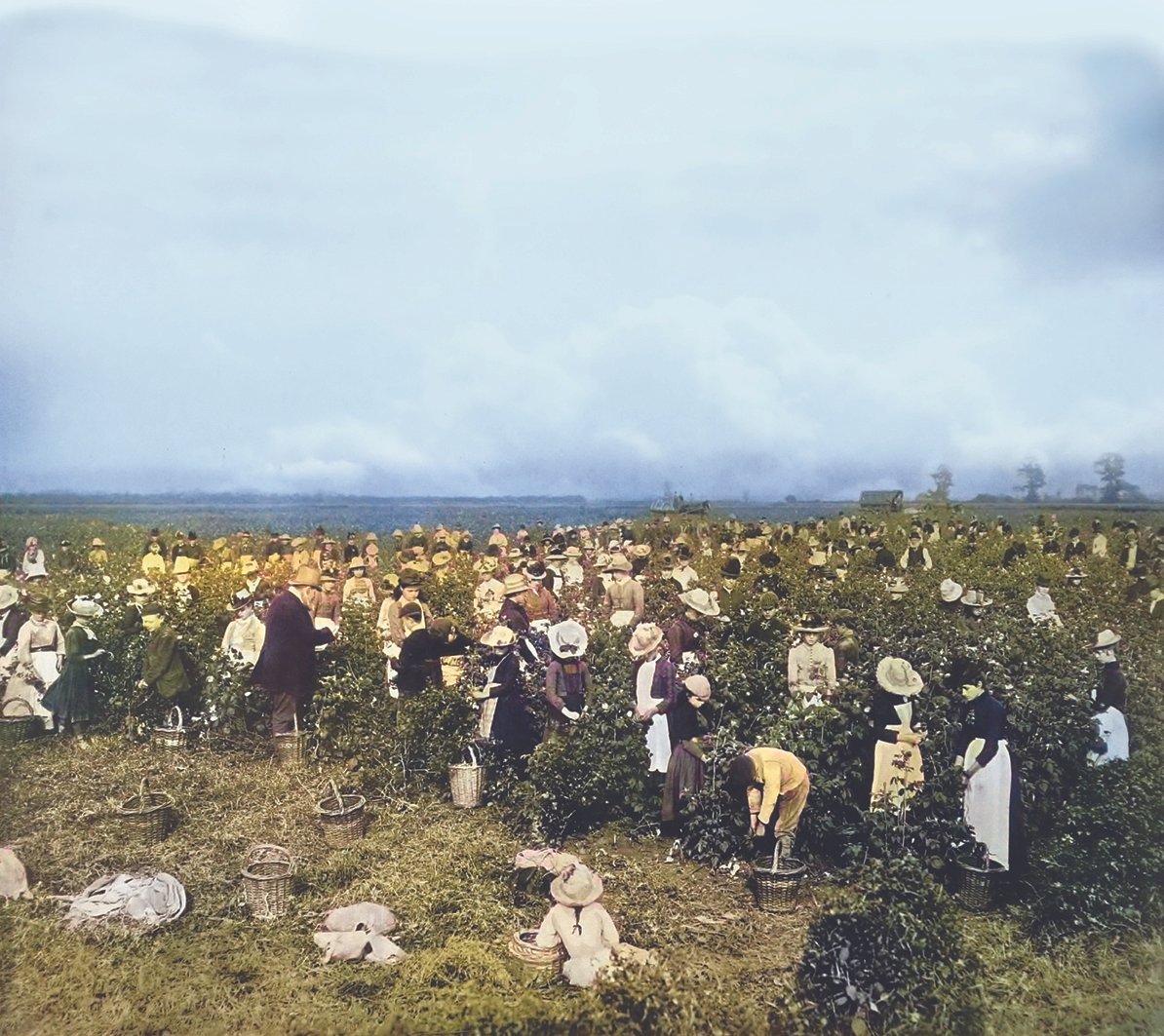
Chivers History Histon & Impington
Step into a bygone era of innovation and delight, where sun-ripened fruits were transformed into national treasures. Chivers wasn't just a jam company; it was a groundbreaking force that revolutionised how Britain enjoyed its preserves. From a family's humble orchard to a global phenomenon, Chivers' story is one of relentless ambition, pioneering technology, and deliciousness that captured hearts and taste buds alike. Delve deeper into each chapter of this remarkable journey through four distinct eras – from the first simmering pots in an 1870s barn to the iconic jars adorning grocery shelves worldwide. Click below and uncover the secrets, struggles, and triumphs that cemented Chivers' place as one of Britain's most inspiring and enduring legacies.
-

1) The Early Years
Realising the potential opportunities that the railway brought to the village, in 1850 Stephen Chivers (d.1907), son of John, bought an orchard that ran alongside the railway and developed a fruit distribution business. This was the start of a transformation for the village
-

2) Early Expansion
By 1875 the Victoria Works had been opened next to Histon railway station to improve the manufacture of jam and they produced stone jars containing two, four or six pounds of jam, with glass jars first used in 1885.[4] In around 1885 they had 150 employees.
-

3) From 1885-1896
Over the next decade they added marmalade to their offering. This allowed them to employ year-round staff, rather workers at harvest time. By 1896 the family owned 500 acres (2.0 km2) of orchards. The company was in full flow and opening factories across the UK.
-

4) Decline and Sale
Sales fell after 1945 causing Chivers to lose their market leadership, and their failure to update their factory with recent advances in machinery led to decline. In 1959, when the farms and factories were sold to the Swiss drinks company Schweppes, making national headlines.
